How Plants Sense Cold and Activate Cold Tolerance
Kidokoro et al. investigate how plants sense cold and activate cold tolerance http://www.plantcell.org/content/29/4/760.abstract.
Cold stress can be just as lethal as heat stress. When a cell freezes, the water inside it expands as it turns to ice. This can cause the cell membrane to rupture and lead to cell death. Plants respond to cold temperatures by activating metabolic pathways that protect their cells from cold and freezing conditions. One protection strategy is to accumulate sugars, which decreases the temperature at which ice forms, similar to the effect of putting salt on roads. Another is to produce proteins that stabilize membranes to help them resist rupture.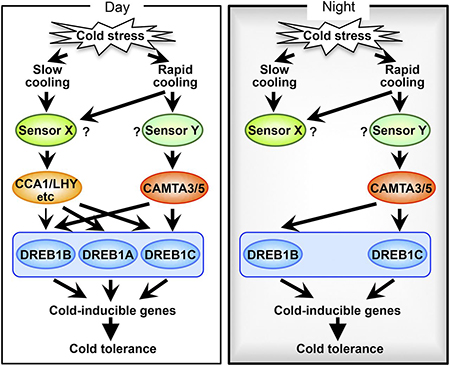
Transcription factors play an important role in activating metabolic pathways in response to changing environmental conditions; these are the proteins that regulate the expression of genes and determine when they are turned on or off to produce the proteins they encode. There are hundreds – even thousands – of different transcription factors that have specialized roles in plant growth and development by regulating different sets of genes at different times.
Previously research has shown that three DREB1-type transcription factors act as master switches in cold-inducible gene expression in a number of plant species. The DREB1 genes that encode these transcription factors are themselves induced by cold; thus cold triggers the production of the DREB1 transcription factors, which then act to turn on the expression of a large number of cold-induced genes encoding proteins that increase cold stress tolerance in plants. Other transcription factors known as CAMTAs contribute to the cold-induced activation of the DREB1 transcription factors, but how cold activates any of these transcription factors is still unknown.
The work of Kidokoro et al. revealed that plants recognize cold stress as two different signals. One signal is caused by a rapid temperature drop, and this signalling pathway functions during both the day and night. The other signal is caused by both rapid and more gradual temperature decreases, but this signalling pathway functions only during the day. CAMTA transcription factors induces DREB1 gene expression in response to a rapid temperature decrease during the day and night, whereas another type of transcription factor involved in circadian rhythms regulates DREB1 expression in response to both rapid and slow temperature decreases only during the day.
The presence of these two signaling pathways suggests that two different sensor systems might function in the recognition of cold stress signals in plants. Identifying the components of these sensor systems and how they work to allow plants develop cold tolerance can help to breed plants that are less susceptible to cold damage.
Kidokoro, S., Yoneda, K., Takasaki, H., Takahashi, F., Shinozaki, K., and Yamaguchi-Shinozaki, K. (2017). Different Cold-Signaling Pathways Function in the Responses to Rapid and Gradual Decreases in Temperature. Plant Cell 29: 760-774.


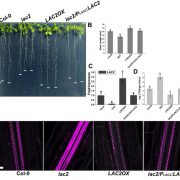
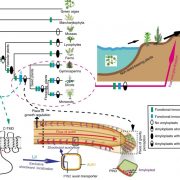
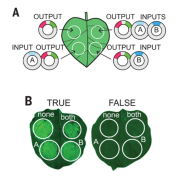
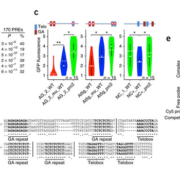
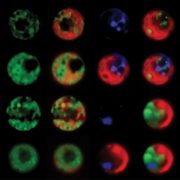
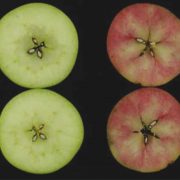


Leave a Reply
Want to join the discussion?Feel free to contribute!